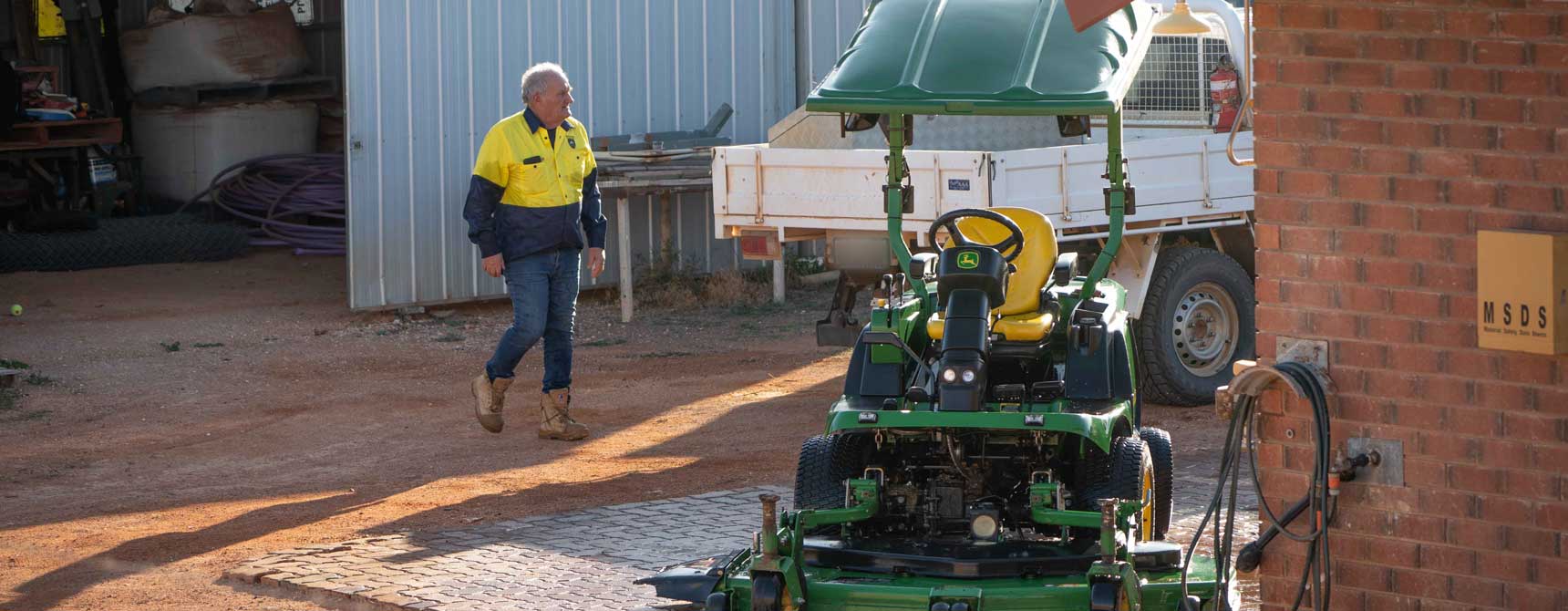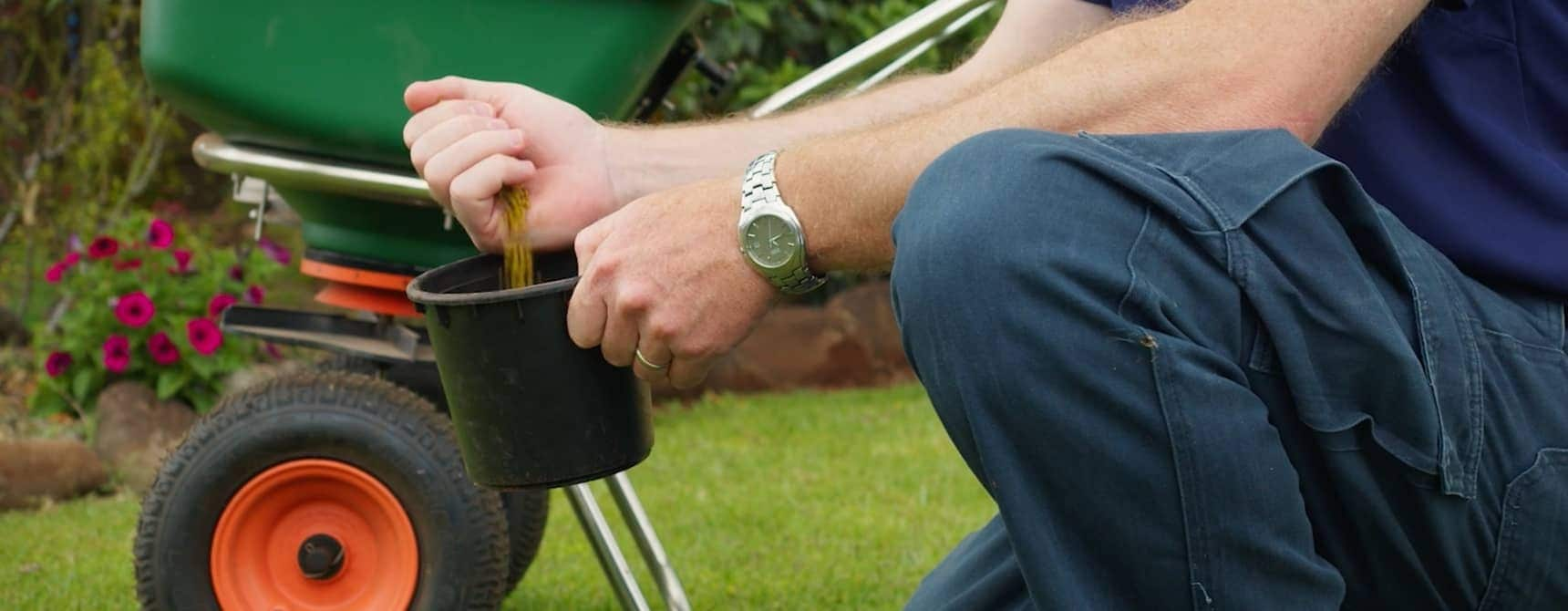As the maintenance manager of the only turf oval in Australia’s driest town, John Whittaker relishes the challenge of keeping the grass green through the strategic use of recycled sewage and runoff from Coober Pedy’s 2000 residents.
The OZ Minerals oval is a mix of drought-tolerant saltwater couch and wintergreen couch grass that remains dormant until ‘Lizard Day’ – the time that Coober Pedy’s bearded dragon lizards emerge from hibernation, marking the end of Winter and transition to Spring.
Coober Pedy is about halfway between Adelaide and Alice Springs, with an annual rainfall of 175mm per year and temperatures that range from 50oC in summer to 14oC in winter.
The oval and a flourishing community orchard containing olive trees, pistachios, lemons, oranges, mandarins, apples and pears are watered on timers from six 20,000L tanks.
“The recycled water is gravity-fed to circulate under the oval through a series of perforated pipes laid in a grid, six metres apart and 600mm below the surface, which keeps the turf green without any moving parts,” John explained.
“A lot of the trees are 15-20 years old so if the oval looks like it’s suffering, we’ll cut back the water to them without causing stress. We’re very careful not to waste a drop!”




